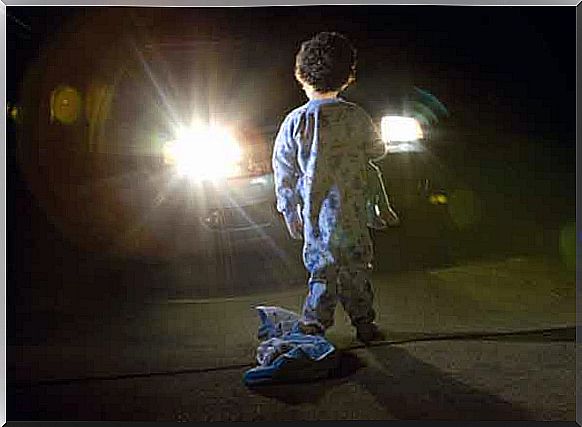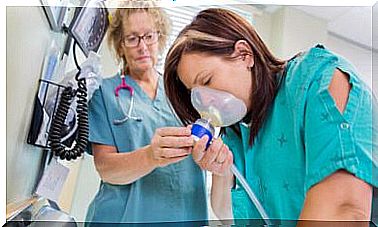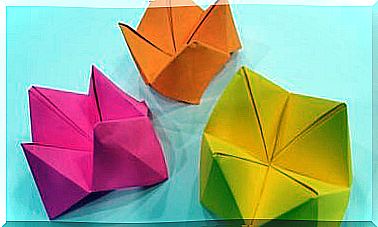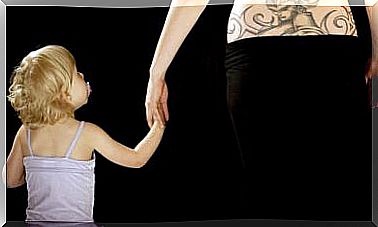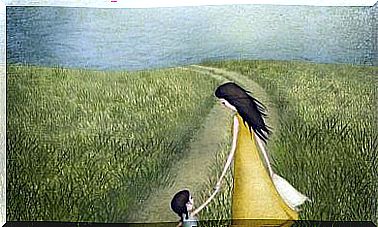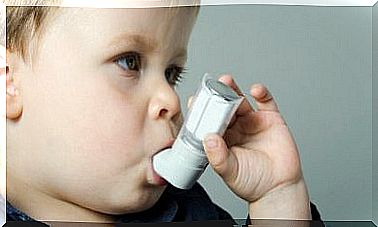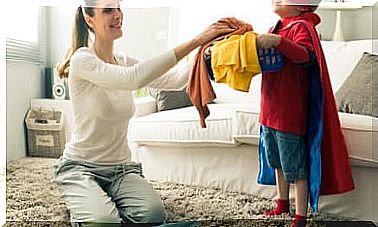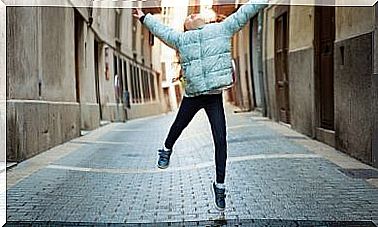Restless Legs Syndrome In Children
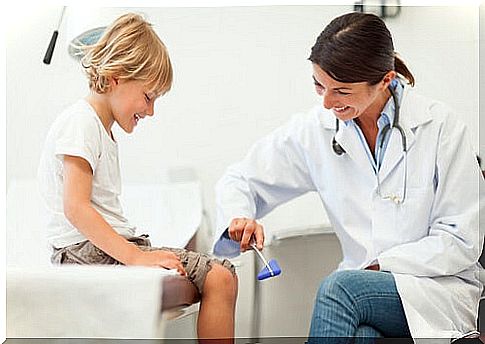
Have you ever heard about restless leg syndrome in children? . Did you think it was just a funny expression? Well no, it’s not a joke.
Restless legs syndrome is a disease that was historically thought to only affect adults over 45 years of age. The first case dates from the year 1944: three brothers, one, four and six years old respectively, who shared certain symptoms and behavioral traits. The following year, in 1945, Karl Ekbom was the first to describe this disease.
Symptoms of Restless Leg Syndrome in Children
Restless legs syndrome (RLS) is a disease that severely affects between 2% and 3% of the child population worldwide. The symptoms of this syndrome usually appear when the person is in a resting position, either sitting or lying down. Those affected describe experiencing various sensations of discomfort, such as:
- Burning
- Punctures.
- Tingle.
- Nervousness.
- Sensation that something or something is walking on their legs.
- Among other.
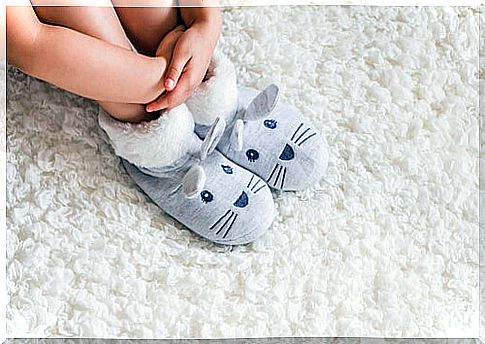
It should be noted that these discomforts tend to decrease or even disappear completely when the affected person moves their legs. These symptoms generally appear during inactivity. Taking long trips by car, train or plane, going to the movies or simply lying down to rest, is enough for the person to begin to suffer from the symptoms described above.
As a consequence, rest is interrupted. In fact, RLS is often one of the leading causes of insomnia in children and adults.
What are the causes of RLS in children?
The causes of restless legs syndrome in children, as in adults, are varied. There is an important genetic factor. In fact , family predisposition is one of the most important aspects for its diagnosis.
Similarly, this syndrome can also be caused by an alteration of neurotransmitters. In other words, a variation of the substances through which neurons communicate.
Iron deficiency is also associated with RLS. Various studies have shown that this mineral is essential for the proper functioning of the neurotransmitters that are related to this syndrome.
Low iron levels favor the appearance of RLS in both children and adults. Therefore, by increasing the amount of this nutrient, the disease can decrease considerably and, in some cases, disappear.
What is the treatment for RLS in children?
Restless legs syndrome in children and adults tends to get worse after its first appearances. However, proper diagnosis and regular treatment will help ensure the patient’s well-being.
A blood test is necessary to indicate, among other things, the iron values, since this value is usually altered in the vast majority of RLS cases. If that is the case, the doctor will need to prescribe some vitamin supplements.
In addition to the iron levels in the blood, it has been shown that making small changes in the daily routine can be beneficial in the treatment of this disease. On the other hand , daily exercise, especially during the afternoon, is very flattering.
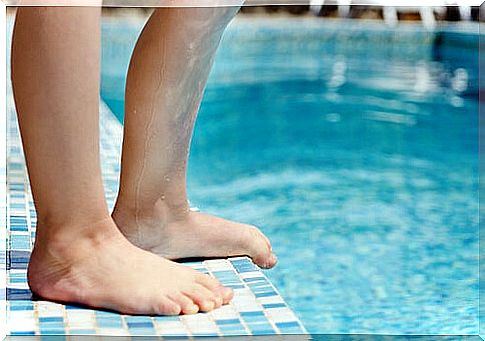
The most recommended exercises for these cases are:
- The swimming.
- Jogging.
- The Yoga.
- Sports such as soccer, basketball, among others.
On the other hand, physical therapy can be extremely useful in the treatment of RLS, since it not only works the joints and muscles, but also provides immediate relief. This translates into long-term wellness.
On the other hand, other types of alternative therapies can be used to help children relax and sleep better. The most effective are usually hot baths before going to sleep, infant massages and aromatherapy. Certain infusions (pennyroyal, spearmint, chamomile) may also be recommended to help children fall asleep at night.
